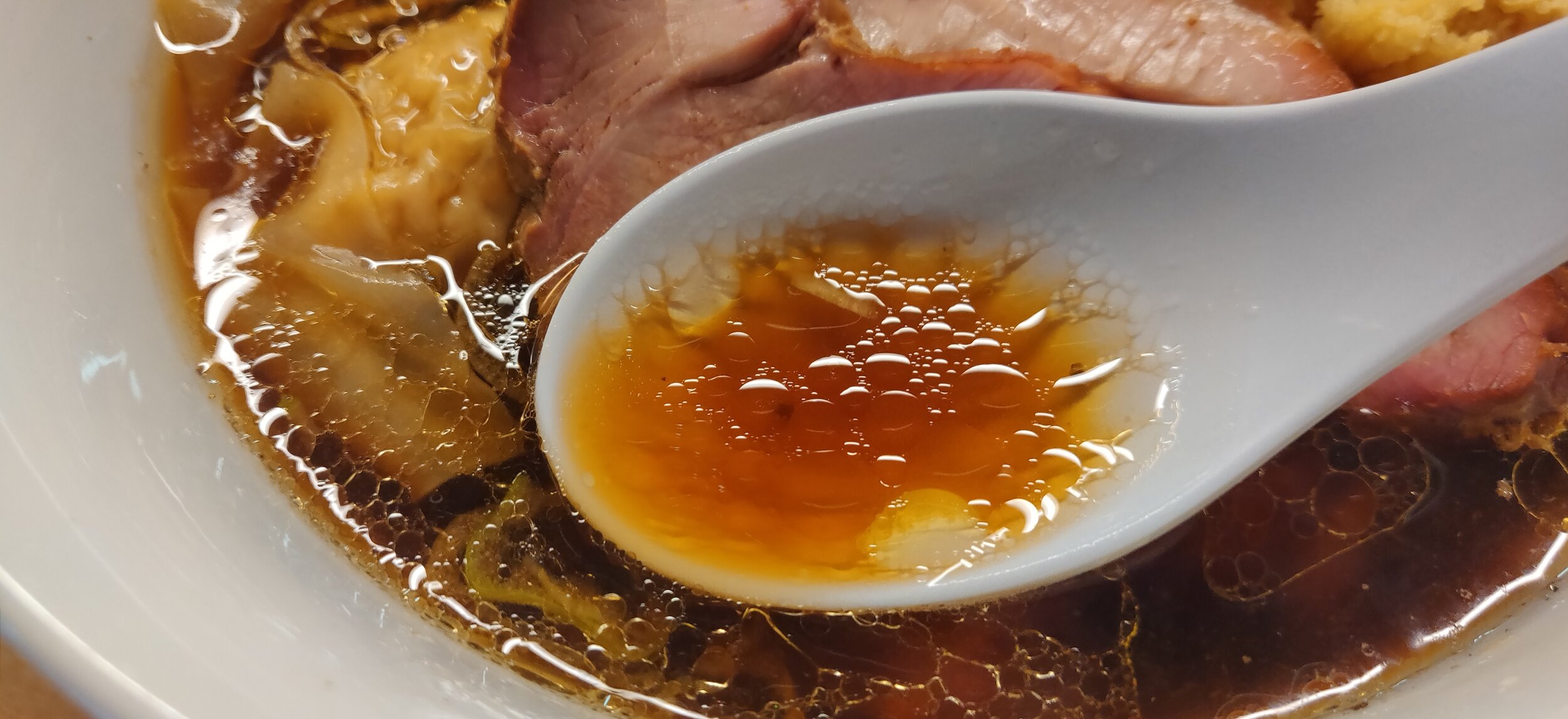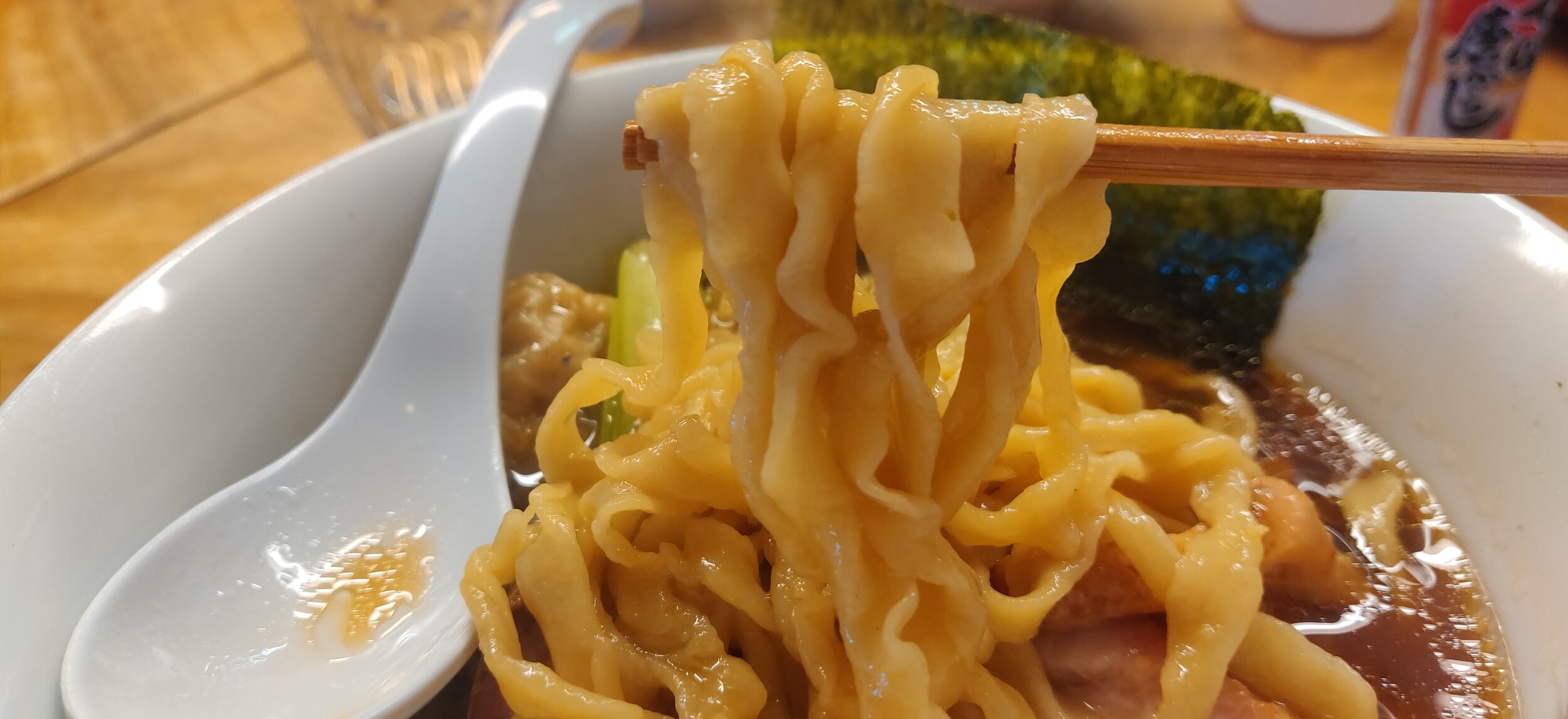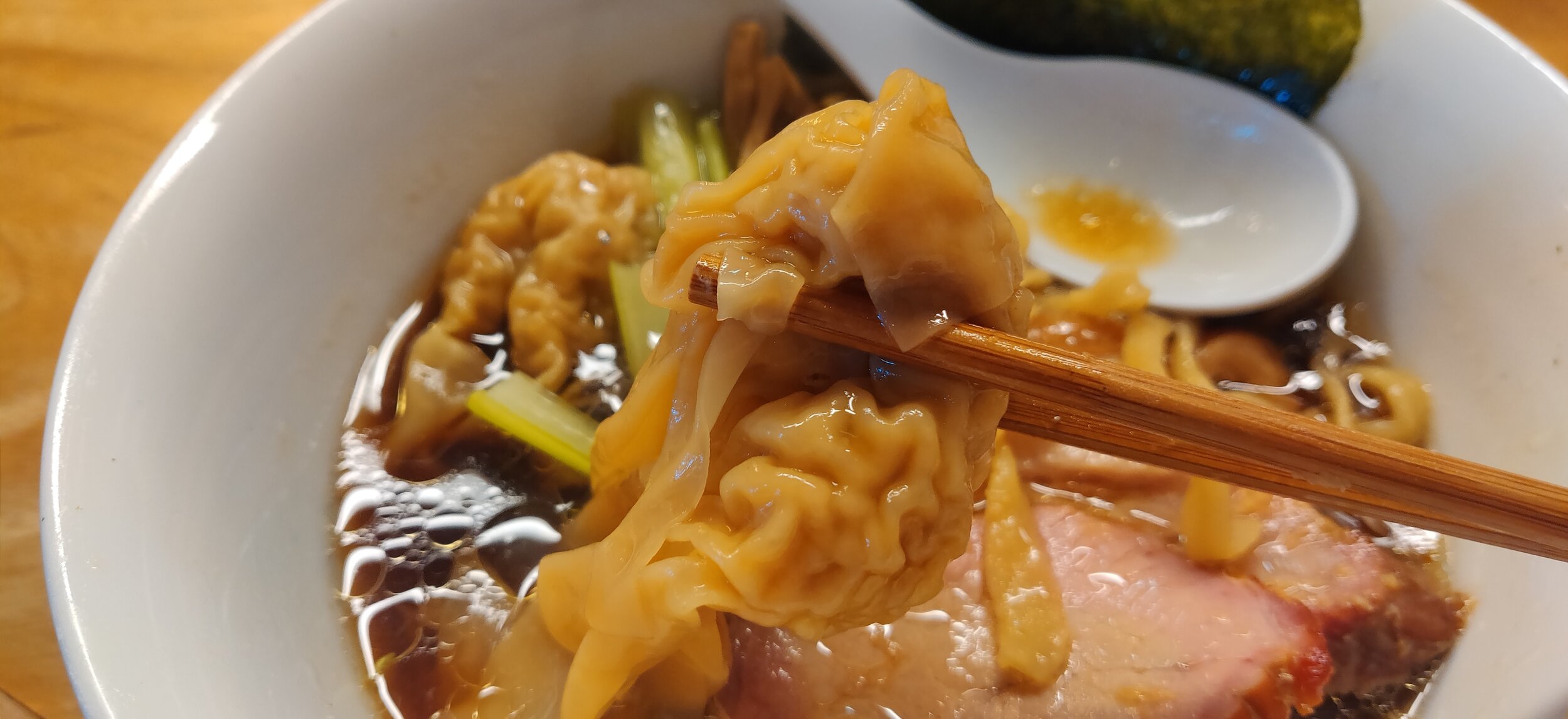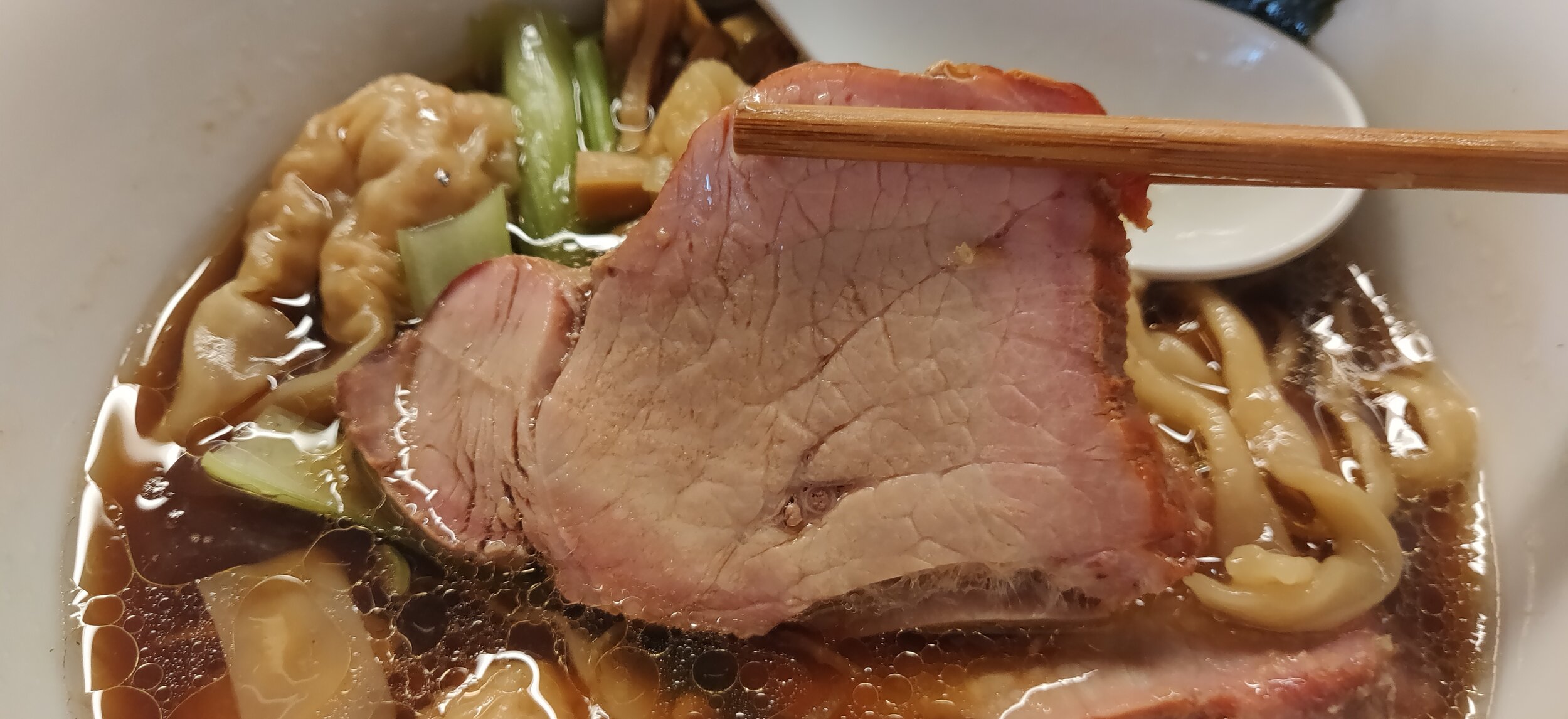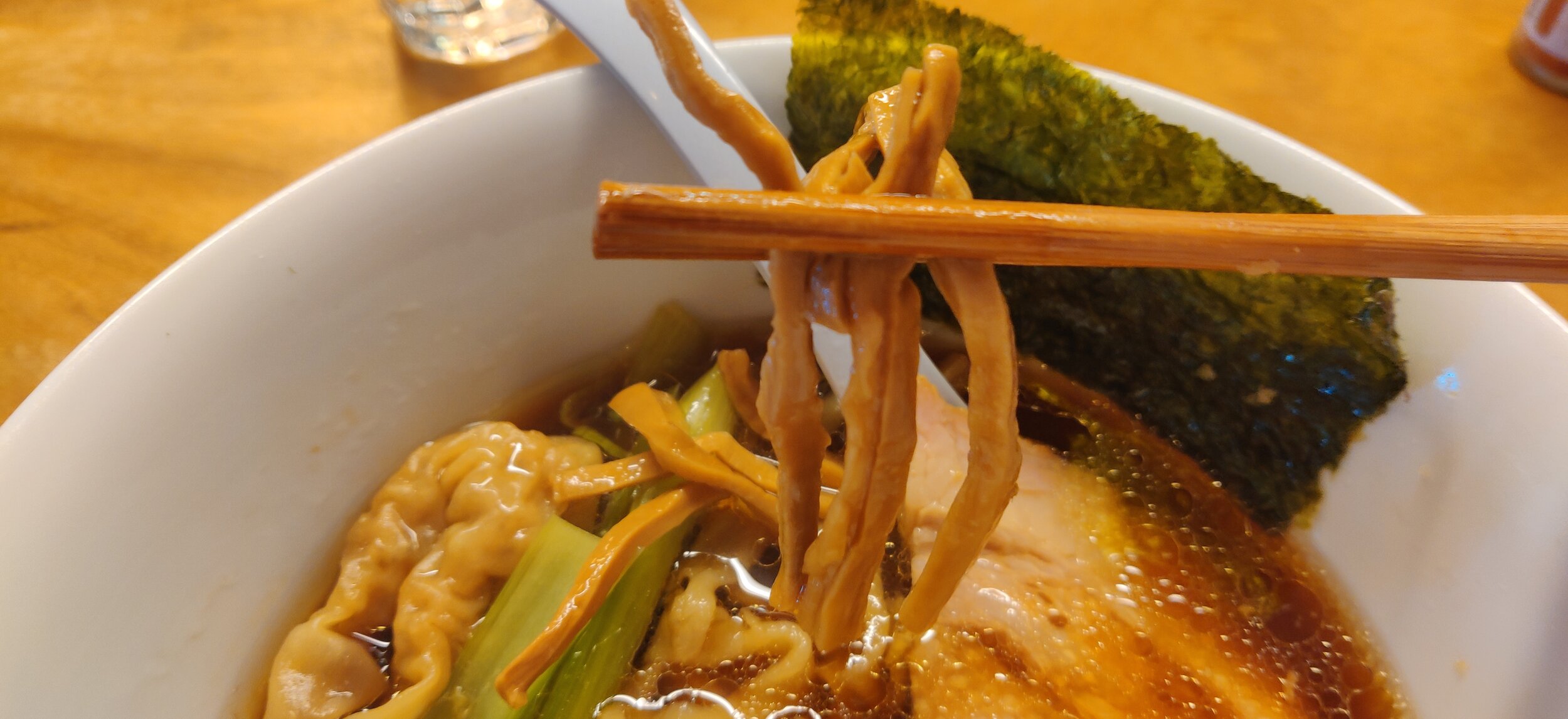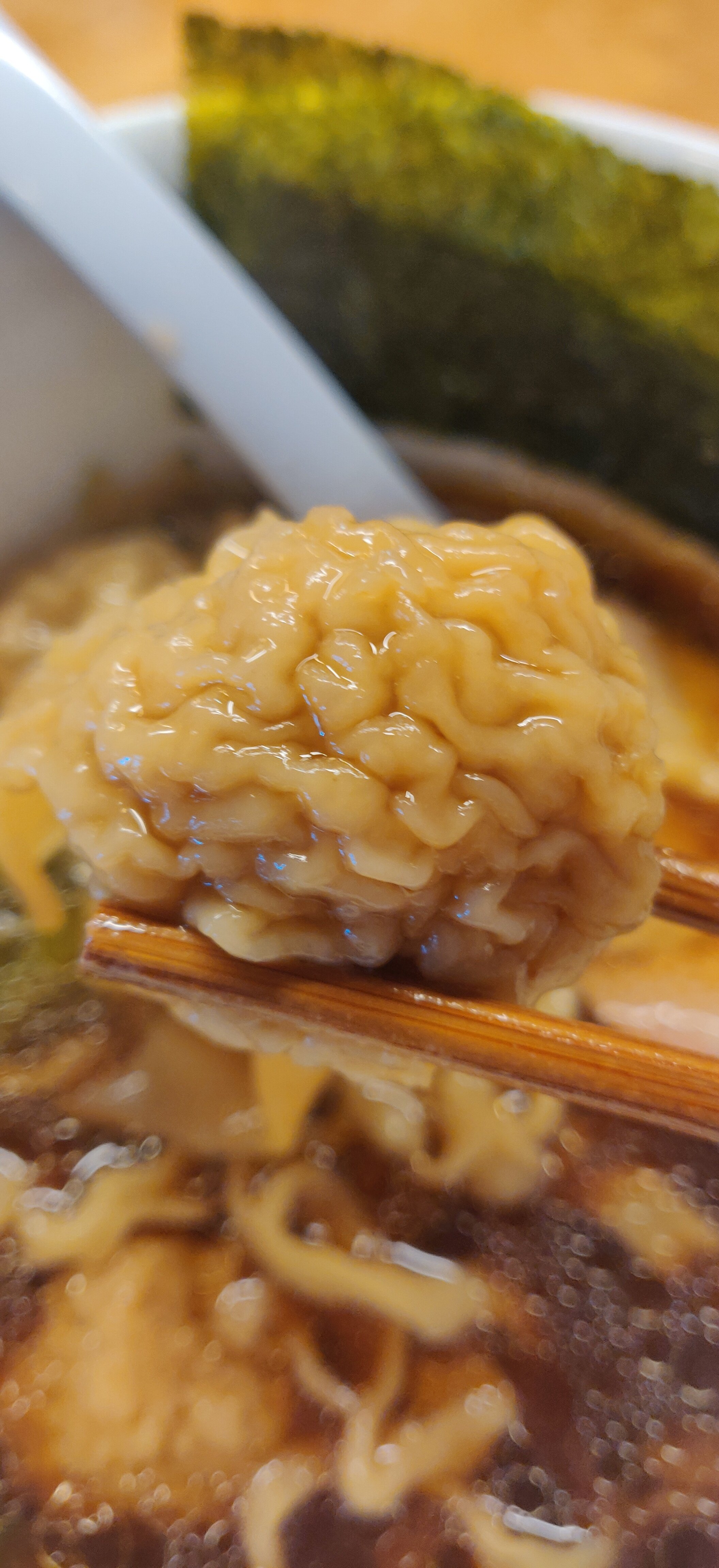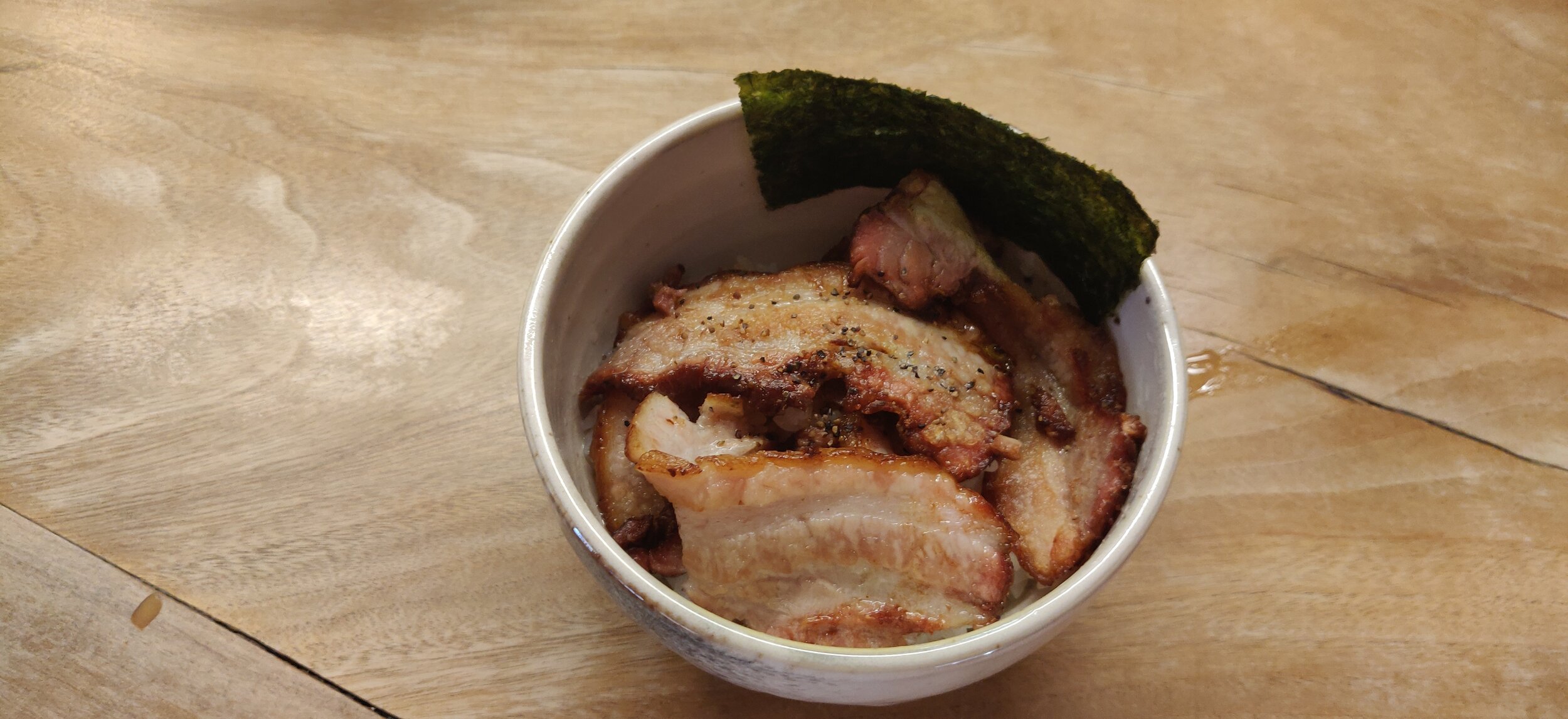Ichiban Ichiban (一番いちばん); So Good They Named Themselves #1, Machida, Tokyo
Ichiban is Japanese for #1 and for whatever reason this shop decided it would be a good idea to name themselves #1 twice with Ichiban Ichiban, to perhaps assert dominance over other ramen shops in the area. Now, long time followers of my site know that I have no problem knocking an overconfident shop down a few notches, but I have to give respect when respect is due. Ichiban Ichiban might just be the best ramen in Machida, and probably one of the best in Japan. Ichiban Ichiban is open for lunch from 12:00-14:30 and dinner from 18:00-20:30. Shop is closed on Wednesday and Thursdays.
Nearest station is Machida and a number of lines pass through here (JR, Odakyu). Known as the Inaka Shibuya, there is actually quite a lot to do here so if you decided to make a visit, be sure to check out the city as well. A number of top tier ramen shops call Machida home so even ramen hunters can spend an entire day here crushing ramen. Ichiban Ichiban is about a ten minute walk from the station and is known to draw long queues of college students who live in the area, so be sure to come early. The shop is known to close at random times and once they run out of soup, so be sure to check their twitter to see if they are open. Once you get to the shop, make your way to the back of the line and wait your turn. The next group of people to sit wait inside the shop so if you’re at the door and see no one is waiting inside, that’s your sign to walk in and buy your tickets at the machine to the left. Machida isn’t necessarily a hub for foreign tourists so you won’t find many English speakers, but fear not, I will translate the menu above now. So the very first button from the top is the Tokusei Chuka Soba, or their regular ramen with extra toppings. An option without the extra topping is on the far right. The next row down is the Ajitama Chuka Soba, Won Ton Men, Chicken Chashu Men, Pork Chashu Men, and Pork Chashu Won Ton Men. Next row down is the Niboshi Ramen and Taiwan Maze Soba. Below that is the Ginger Ramen, Ginger Ramen with soft boiled egg, Won Ton Ginger Ramen, and Tokusei Ginger Ramen. Next row is the Tsukemen, Tsukemen with Ajitama soft boiled egg, and Won Ton Tsukemen. Next row (of buttons) are the toppings of Ajitama soft boiled egg, Won Tons, Chicken Chashu, and Pork Chashu. Next row down are special buttons which would correspond with a separate menu (if available) that is posted on the machine. None were available during my visit. Next row down is the rice, Ajitama over rice, and a Chashu over rice bowl. Last row down is a Mini Ramen and beer. My order for the day was the Won Ton Ginger Ramen and a side of Pork Chashu over rice.
I actually came here with my girlfriend who ended up with a bowl of the Tokusei Ramen which is why I ended up ordering the Ginger version. I was able to take a few sips and a couple bites of the regular bowl and it was honestly two completely different ramen. I expected it to be the same as the regular bowl with a mound of ginger added to the bowl, but I was pleasantly surprised at the stark difference between the two. Visually and aesthetically, they are quite identical apart from my bowl having the mound of ginger. As the Tokusei was unfortunately unavailable during my visit, I ordered the Won Ton version. The bowl included two thick cuts of Chinese style red pork chashu, two slices of braised chicken chashu, two pork won tons, a healthy portion of menma bamboo shoots, blanched mustard green stems and leaves, and a dried seaweed slice to top it off. A very generous portion of noodles (perhaps 170g) hid beneath the toppings and in the shimmering, opaque soup. I guess I’ll start off with the soup which is a chicken base using both whole chickens and chicken carcasses. As you can probably see from the photos, the light refined soup shimmers from the elegant chiyu, or chicken oil, which floats at the surface. The stock is really well made and has a full bodied flavor in a light tanrei consistency.
The tare, or seasoning of the soup, is what differentiates the ginger ramen with the regular ramen. While they both use a Shoyu, or soy sauce, base, the ginger version has the gingers infused in to the shoyu tare giving the bowl a stronger punch than just having it on the side as a garnish. Three different types of soy sauces are used for the Shoyu tare, one of which being a nama or raw shoyu. The blend makes for a fantastic combination as the raw shoyu gives the bowl a refreshing zest while the aged shoyu gives it a more pungent, deeper aromatic flavor note. Combined with the ginger, the tare is probably one of the best I’ve had for a chicken based ramen in a long time. I really loved how the ginger gave the soup a heartwarming feel, similar to the feeling you get when you have a cup of ginger tea. Your cavity is immediately heated by the ginger and it seems to accentuate the flavors of the chicken and the shoyu.
Noodles are housemade in the store and is the temomi, hand massaged variety. I’ve talked about this style of noodles before and I would say these and the thin straight noodles are the two most popular for chicken shoyu ramen. In my opinion, for a richer shoyu ramen, this makes for a more satisfying meal as the temomi variety tends to have more substance and the chewy, bounciness of it meshes well with a stronger, more vibrant shoyu ramen. A lighter shoyu ramen might not have enough of an impactful flavor to counteract with the thick temomi noodles though so be aware in case you see the option elsewhere. The wrinkles and kinks in the ramen help absorb and cling the soup for a really satisfying bite. Won tons use the same dough and are made to order. And by made to order I mean they literally shape and form the won ton right before they boil them with the noodles. I’m not sure that level of freshness if needed for won tons, but they were very plump and juicy so I have no complaints. The Chinese style red pork chashu wasn’t my style…I’m not the biggest fan of this variety, but I thought it did balance with the bowl overall so it was a nice touch. Chicken chashu however is a different story and the incredibly soft, braised chicken was phenomenal. Ginger shoyu hits from the soup made it even more flavorful and was definitely the highlight of the toppings for me. The menma bamboo shoots used here was the super thin type which I haven’t seen in quite a while. I enjoyed them a lot actually and the crunchiness with the komatsuna mustard green stems gave the bowl a nice overall texture variety which I appreciated.
I finished my meal off with the pork chashu over rice bowl and my god this was fantastic. I stupidly forgot to take a picture, but this comes with a side of homemade rayu chili oil which was hands down, the best rayu I’ve ever had. Perfect combination of oily, spicy, and aromatic, I would buy jars of it if they let me. Anyways, the pork chashu is cut in to thin slices like bacon and seared with a torch before serving. I’m not sure if it was just me not having proper bacon in years, but this was by far the closest and best bacon I’ve had in Japan. The edges crisped up for a crunchy exterior while the middle was tender like butter. Strips had both a salt and pepper cure so there was ample flavors as is, but the pairing with the housemade rayu was off the charts. Definitely recommend this as a side if you make a visit.
When I first heard about this shop, I was more than ready to knock it off it’s high horse with an honest, harsh review. I came away thinking they honestly deserve the moniker and crept up in my list of favorite Tokyo ramen shops. Overall trip is a bit time consuming as Machida isn’t exactly in central Tokyo, but pair it with another ramen shop or with a trip visiting the area and it’s honestly not too bad. If you do make a trip here, be sure to let me know in the comment section below. If you’re looking for more ramen suggestions for your trip to Tokyo, check out my eBook! On sale on my site, I highlight 15 of my favorite ramen shops in Tokyo. Proceeds go toward helping fund my self published ramen coffee table book.
Your ultimate guide to the best ramen Tokyo has to offer!
June, 2020
45 pg



